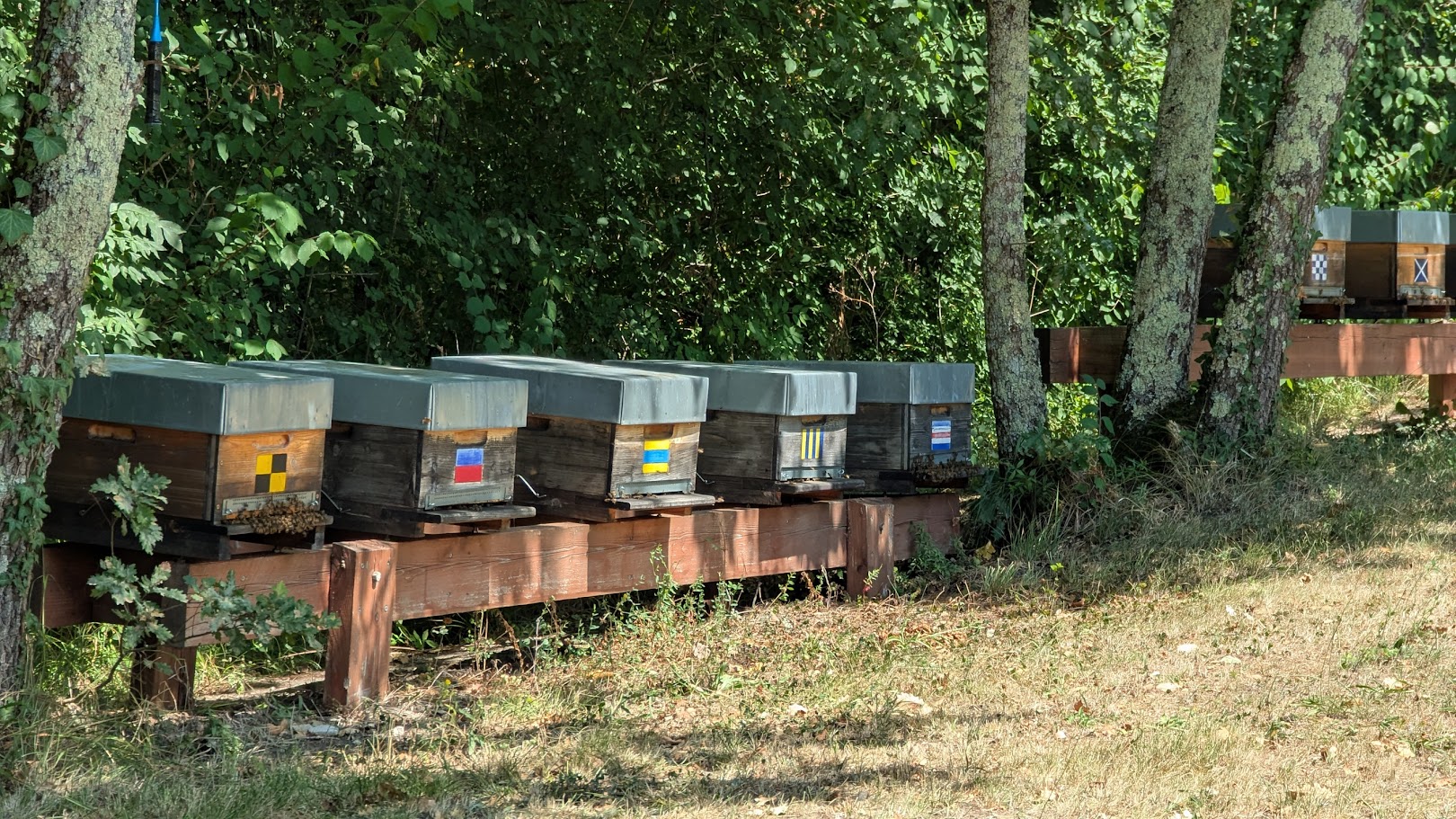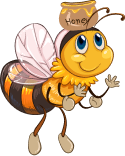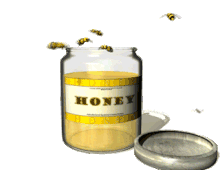
Located on our property, in Périgord, between the hills of Monbazillac and Saussignac, on the edge of an oak wood, it consists of an average of ten hives, which currently corresponds to the capacity and time available.
We are not familiar with neonicotinoid problems due to the type of agricultural production around the apiary. While the apiary has experienced episodes of colony collapse, meaning no bees left in the hive, I must say that in our case, it may have been more a case of negligence in the treatment of varroa mites, a small parasitic mite, which is a plague for bees.
For the first time, no losses were recorded during the 2024-2025 winter period, which was exterminated down to the last varroa mite on several occasions (from September to December). Another peculiarity is that this is also the first year in which no intrusions were carried out into the hives, that is, the frames were reduced from 10 to 7, and insulating partitions and feeding frames were installed. It seems that the hives fared better, even though this has been the case for years, with a slight mortality rate each time (from 1 to 3 hives in winter). So, to be continued...
As for the Asian hornets, they are present, more or less, almost none in 2025. A huge nest 10 meters above the apiary in 2022 did not cause any more damage than that, even though the "pantry" was just below... All the hives are equipped with a metal entrance door that prevents hornets or other predators from entering. So since 2013, we cannot say that the Asian hornet has been a problem for the apiary, moderate predation yes, mainly the foragers, that is to say the old bees at the end of their cycle which will soon die, but nothing which could threaten the integrity of the colony.



